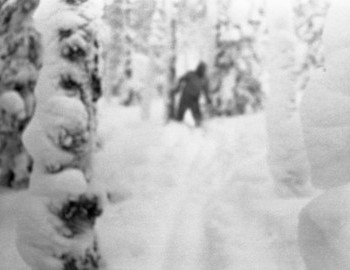1° - Thanks so much for the last 3 photos They make a possible reddening by "snow bloom" more concrete than
https://forum.dyatlovpass.com/index.php?topic=500.
Theories Discussion > General Discussion > #Orange - September 20, 2019, 07:33:49 AM
https://en.wikipedia.org/wiki/Chlamydomonas_nivalisI notice this interesting passage on page 102 of : Thesis by BISCHOFF Yannick, 2007, 132 pages in French - free access:
[These=The] favourable conditions for the development of snow algae
can be found, for example, on sunny slopes, close to mountain ridges or quite late in the season. Most of the time, these conditions last only a few days or at best a few weeks. Then, the rapid disappearance of the snow cover threatens this environment. The rapid development of algae is therefore probably an important factor.
https://archive-ouverte.unige.ch/unige:516Diversité et mobilité des algues de neige dans les Alpes suisses
Diversity and mobility of snow algae in the Swiss Alps
=====================
2° - A question for skiers.I have been influenced by Eduard Tumanov and by Per Inge Oestermoen and many others therefore I am working on my hypothesis N° 2 according to which:
The 9 hikers are pursued by attackers on skis who
carefully follows the traces in the snow left by the 9 hikers.
The attackers are coming from, or have left, settlement 41 (or maybe even North 2: cf. Yuri Yudin
"There so much - many houses, warehouses, premises, forgotten old vehicles,
machine tools." )
On January 31, 1959 at about 4 p.m.
the pursuer who was in the lead reached Thibeaux-Brignolle which was then the last in the line of 9 hikers.

This is the famous photo N° 17.
Now you understand
my question:
What would be the speed of an average lightly loaded skier following a trail in the snow that was compacted by the nine skiers in front ?